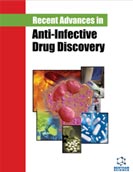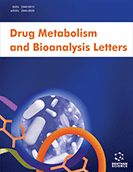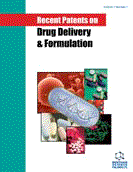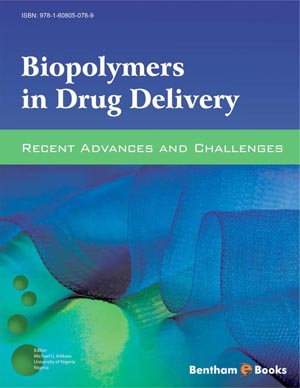Abstract
Microneedles have been introduced as a measure to solve the shortcoming of normal transdermal patches and hypodermic injections as they are able to pierce through th e stratum corneum, the top sub-layer of skin, in a simple and almost painless manner. Previous studies have shown microneedles to enhance drug delivery through the skin by significant amount as compared to the conventional drug delivery methods using transdermal patches. A number of designs have b een proposed using both solid and hollow microneedles of different types of materials. These studies show the effects of a number of factors that affect the drug delivery efficiency using these microneedles. Mathematical models have also been proposed to represent transport of drug through the skin and blood concentration in the blood using microneedles. These models provide the relationships between parameters such as needle length and skin thickness, a nd factors such as permeability of the drug through the skin and the force to insert the microneedle into the skin. Di fferent applications of microneedles in transdermal drug delivery have been proposed in different publications, which may include, e.g., delivery of vaccines for immunization, insulin delivery for cont rolling glucose level in diabetic pati ents, and others. The results from the existing studies have shown microneedle s to have promising prospects in transdermal drug delivery applications. This chapter aims to review various aspects of transdermal drug delivery by microneedle arrays.
Keywords: Microneedles, Microneedle arrays, Skin, Transdermal drug delivery.






















